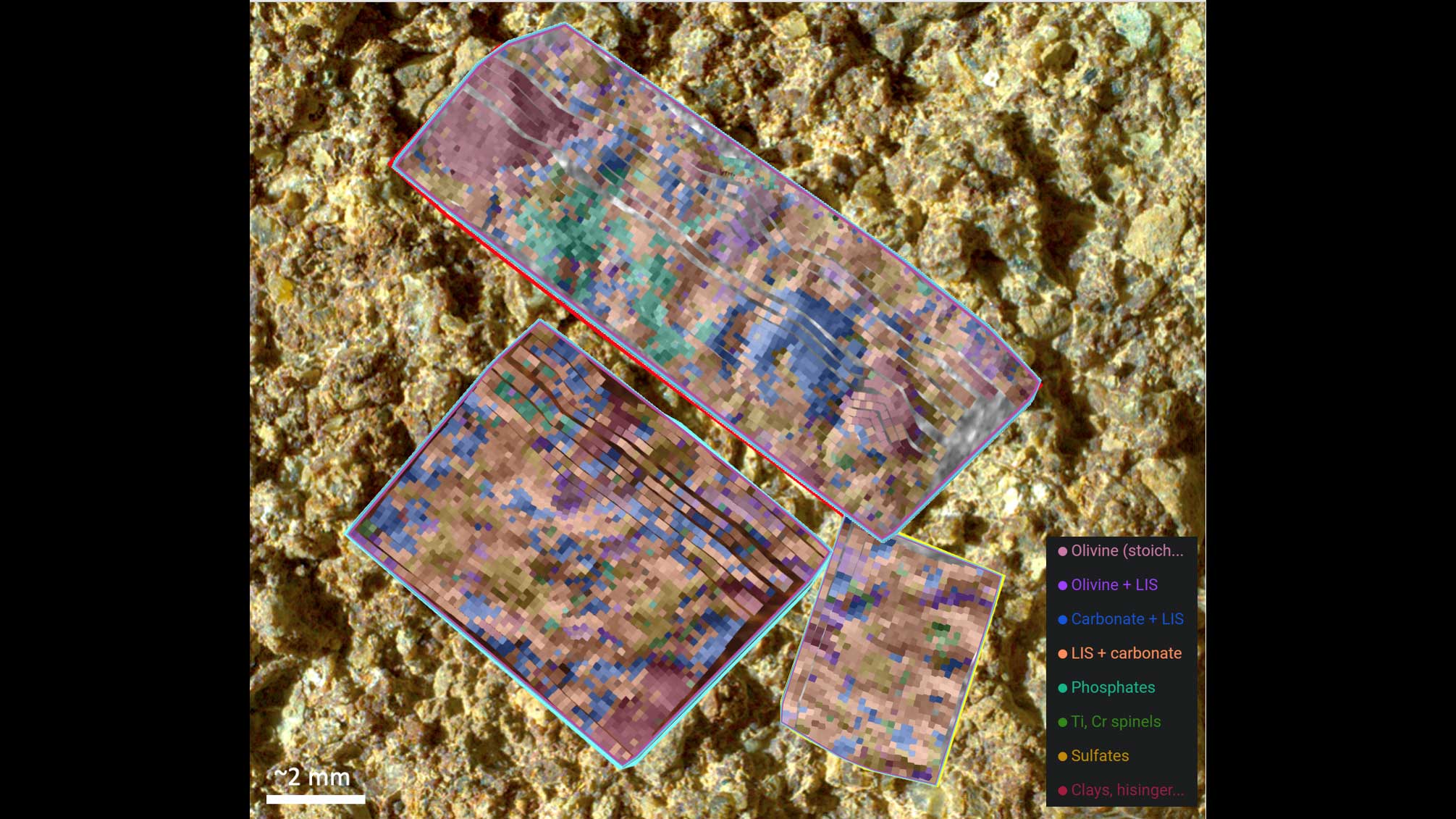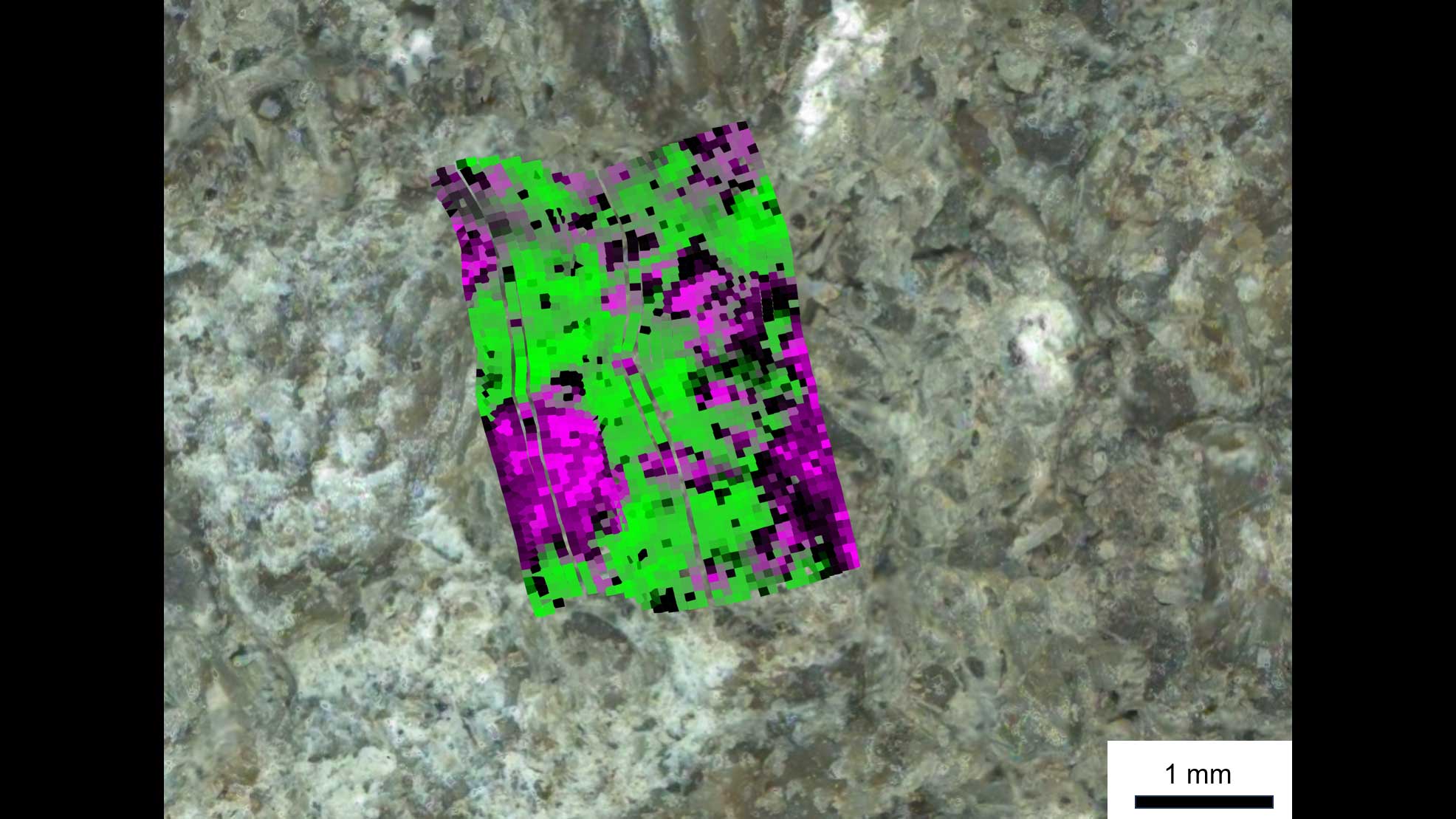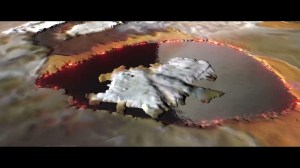Now at 1,000 days on Mars, the mission has traversed an ancient river and lake system, collecting valuable samples along the way.
Marking its 1,000th Martian day on the Red Planet, NASA’s Perseverance rover recently completed its exploration of the ancient river delta that holds evidence of a lake that filled Jezero Crater billions of years ago. The six-wheeled scientist has to date collected a total of 23 samples, revealing the geologic history of this region of Mars in the process.
One sample called “Lefroy Bay” contains a large quantity of fine-grained silica, a material known to preserve ancient fossils on Earth. Another, “Otis Peak,” holds a significant amount of phosphate, which is often associated with life as we know it. Both of these samples are also rich in carbonate, which can preserve a record of the environmental conditions from when the rock was formed.
The discoveries were shared Tuesday, Dec. 12, at the American Geophysical Union fall meeting in San Francisco.
“We picked Jezero Crater as a landing site because orbital imagery showed a delta – clear evidence that a large lake once filled the crater. A lake is a potentially habitable environment, and delta rocks are a great environment for entombing signs of ancient life as fossils in the geologic record,” said Perseverance’s project scientist, Ken Farley of Caltech. “After thorough exploration, we’ve pieced together the crater’s geologic history, charting its lake and river phase from beginning to end.”

Jezero formed from an asteroid impact almost 4 billion years ago. After Perseverance landed in February 2021, the mission team discovered the crater floor is made of igneous rock formed from magma underground or from volcanic activity at the surface. They have since found sandstone and mudstone, signaling the arrival of the first river in the crater hundreds of millions of years later. Above these rocks are salt-rich mudstones, signaling the presence of a shallow lake experiencing evaporation. The team thinks the lake eventually grew as wide as 22 miles (35 kilometers) in diameter and as deep as 100 feet (30 meters).
Later, fast-flowing water carried in boulders from outside Jezero, distributing them atop of the delta and elsewhere in the crater.
“We were able to see a broad outline of these chapters in Jezero’s history in orbital images, but it required getting up close with Perseverance to really understand the timeline in detail,” said Libby Ives, a postdoctoral fellow at NASA’s Jet Propulsion Laboratory in Southern California, which manages the mission.
Enticing Samples
The samples Perseverance gathers are about as big as a piece of classroom chalk and are stored in special metal tubes as part of the Mars Sample Return campaign, a joint effort by NASA and ESA (European Space Agency). Bringing the tubes to Earth would enable scientists to study the samples with powerful lab equipment too large to take to Mars.
To decide which samples to collect, Perseverance first uses an abrasion tool to wear away a patch of a prospective rock and then studies the rock’s chemistry using precision science instruments, including the JPL-built Planetary Instrument for X-ray Lithochemistry, or PIXL.
At a target the team calls “Bills Bay,” PIXL spotted carbonates – minerals that form in watery environments with conditions that might be favorable for preserving organic molecules. (Organic molecules form by both geological and biological processes.) These rocks were also abundant with silica, a material that’s excellent at preserving organic molecules, including those related to life.
“On Earth, this fine-grained silica is what you often find in a location that was once sandy,” said JPL’s Morgan Cable, the deputy principal investigator of PIXL. “It’s the kind of environment where, on Earth, the remains of ancient life could be preserved and found later.”
Perseverance’s instruments are capable of detecting both microscopic, fossil-like structures and chemical changes that may have been left by ancient microbes, but they have yet to see evidence for either.
At another target PIXL examined, called “Ouzel Falls,” the instrument detected the presence of iron associated with phosphate. Phosphate is a component of DNA and the cell membranes of all known terrestrial life and is part of a molecule that helps cells carry energy.
After assessing PIXL’s findings on each of these abrasion patches, the team sent up commands for the rover to collect rock cores close by: Lefroy Bay was collected next to Bills Bay, and Otis Peak at Ouzel Falls.
“We have ideal conditions for finding signs of ancient life where we find carbonates and phosphates, which point to a watery, habitable environment, as well as silica, which is great at preservation,” Cable said.
Perseverance’s work is, of course, far from done. The mission’s ongoing fourth science campaign will explore Jezero Crater’s margin, near the canyon entrance where a river once flooded the crater floor. Rich carbonate deposits have been spotted along the margin, which stands out in orbital images like a ring within a bathtub.
More About the Mission
A key objective for Perseverance’s mission on Mars is astrobiology, including the search for signs of ancient microbial life. The rover will characterize the planet’s geology and past climate, pave the way for human exploration of the Red Planet, and be the first mission to collect and cache Martian rock and regolith (broken rock and dust).
Subsequent NASA missions, in cooperation with ESA (European Space Agency), would send spacecraft to Mars to collect these sealed samples from the surface and return them to Earth for in-depth analysis.
The Mars 2020 Perseverance mission is part of NASA’s Moon to Mars exploration approach, which includes Artemis missions to the Moon that will help prepare for human exploration of the Red Planet.
JPL, which is managed for NASA by Caltech in Pasadena, California, built and manages operations of the Perseverance rover.
For more about Perseverance:
News Media Contacts
Andrew Good
Jet Propulsion Laboratory, Pasadena, Calif.
818-393-2433
andrew.c.good@jpl.nasa.gov
Karen Fox / Alana Johnson
NASA Headquarters, Washington
301-286-6284 / 202-358-1501
karen.c.fox@nasa.gov / alana.r.johnson@nasa.gov
2023-181































